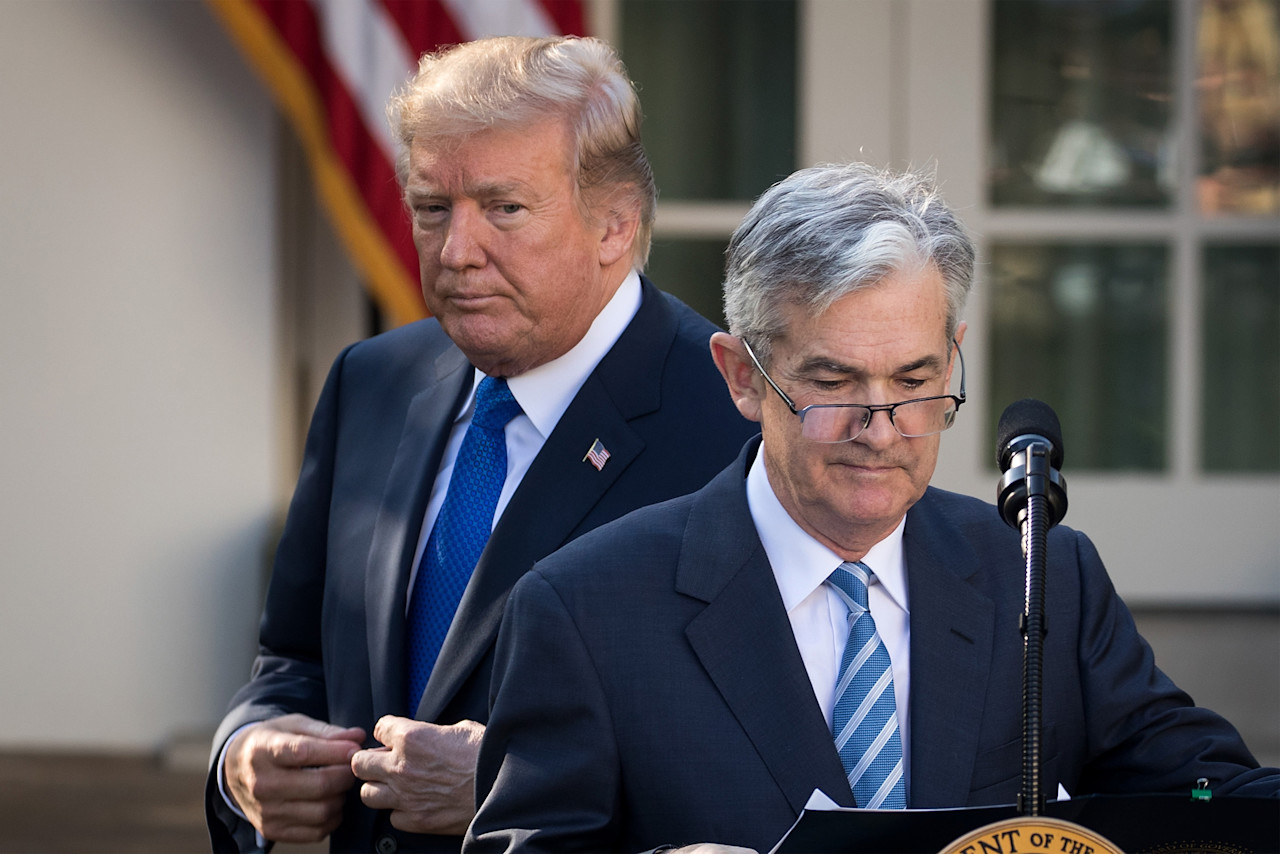

Asset classes and the elephant in the room
Divergent expectations across asset classes about where rates may go resemble the Buddhist parable about an elephant, says multi-asset investor Colin Graham.
Summary
- Commodities, gold and government bonds point to a major slowdown
- Equities and credits are pricing in a much rosier outlook for earnings
- The real elephant in the room is too much money chasing too few assets
The four main asset classes of equities, government bonds, corporate bonds (credits) and commodities all make different assumptions about likely future central bank policy, he says. Falling rates would affect each asset class in different ways, and so pricing in the right outcomes is key – but which one is telling the right story?
“The whole market has become data dependent trying to spot a change in trend that will cause central banks to lower rates, or do so faster than expectations,” says Graham, Head of Robeco Sustainable Multi-Asset Solutions. “If we look within asset classes, there is an internal consistency in assumptions. But by taking a step back, we can see that assumptions across asset classes are inconsistent.”
He says the current state of markets resembles an ancient Buddhist text, the Tittha Sutta, which tells the story of blind men who are asked to touch different parts of an elephant, an animal unknown to them. One who touched the elephant’s trunk, for example, would have a different sensation to one who touched its ears.
“Each one describes what they were confronted with and could not understand the other men’s ‘truth’ of what they were experiencing,” says Graham. “Needless to say, their observations did not lead to the discovery of the elephant, nor to an understanding of what others were observing. We can also see this in markets.”
He says this phenomenon can be seen in the two best-performing asset classes in the year, where gold is essentially pricing in an economic downturn, while equities are still expecting an upswing.
Gold versus equities
“Gold has outperformed equities this year, despite a strong US economy and higher real interest rates (bank rates minus inflation), so now it is seen as a risk asset rather than a store of value,” Graham says. “Gold demand from China has increased, as concerns about the domestic banking sector and falling house prices have seen locals looking for a safe haven.”
“Equities are being driven by the AI boom, with analysts expecting companies to continue to beat earnings growth expectations to justify the valuations. Yet, only financials outside IT-related companies have so far delivered. So, equities could be pricing in an economic upswing, especially as the global rate-cutting cycle gathers steam.”
“This has been verified by US small caps outperforming large caps by 10% in just a couple of days in July, a type of reversal that has been observed at the bottom of bear markets.” But will a bear market come? The US options market is currently pricing in a 37% chance of one by the end of the year.
Tailwind for bonds
Corporate and government bonds are far more sensitive to rates, as both asset classes would drop in value if rates rise again. “Credits and high yield bonds have remained resilient in the face of rate rises and worries about companies having to refinance debt at higher interest rates,” Graham says.
“There has been little concern about a slowing economy and earnings triggering a rise in default rates, but then the tailwind of lower interest rates from the cutting cycle has boosted the outlook. This is aligned with the rally in rate-sensitive equity sectors like REITs, telecoms, utilities and US small caps.”
“Global government bonds have struggled to outperform cash rates so far this year and their yield curves have front-run rate cuts, causing a collapse in the term premium (what investors demand for lending money over a longer period), along with a downward-sloping yield curve.”
A return to normality?
“For long rates in the US to rise above short rates requires a significant rate-cutting cycle of around two percentage points. This implies a return to average real rate levels, an average rate-cutting cycle and monetary policy returning to the post-GFC framework.”
Finally, commodities outside of gold continue to lag other markets. “This is not surprising given the global manufacturing malaise confirming a continuation of the weak outlook,” Graham says.
“In all, commodities, gold and government bonds appear to point to a major slowdown, allowing rates to be cut in line with historical outcomes (that include recessions), whereas credits and equities are pricing in a much rosier outlook of a pick-up in activity and earnings.”
The real elephant in the room
So, which one is right? “Usually, our ingrained psyche would defer to the bond market being right... so is the inverted yield curve signal forewarning of a recession broken, or just not played out yet? Overall, the consensus appears to be averaging out the extreme outcomes rather than reflecting cross-asset consistency, much like the observers in the elephant story,” Graham concludes.
“Taking a step back, we visualize the real elephant in the room as being liquidity. The accumulation of quantitative easing, a decade of emergency rate levels, and more recently, higher government spending means we have too much money chasing too few assets, and therefore allocation decisions do not need to be made.”
“The Federal Reserve embarking on a deep rate-cutting cycle, without a negative economic event, will keep feeding that elephant.”
Who we are
We are a global asset manager with strong capabilities in quant, credits, emerging markets and sustainable investing. Research is at the heart of everything we do, driving active investment strategies that aim to maximize alpha generation.






















